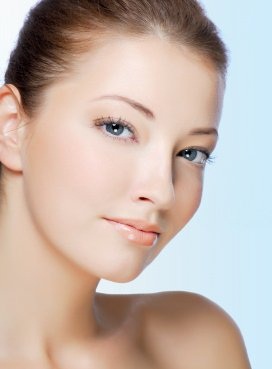When you hear the term Botox, what comes to mind? Do you think of fake, frozen celebrity faces? Did you know that Allergan, the company that owns Botox®, holds almost 800 patents for potential uses of this drug?

In this blog, I will review the many uses of Botox. First of all when I use the term Botox, I am referring to a neurotoxin made by the bacterium Clostridium botulinum. There are 4 neurotoxins currently approved by Health Canada:
- Botox® = onabotulinum toxin A (the first neurotoxin approved 31 years ago for medical use, and 21 years ago for cosmetic indications)
- Dysport = abobotulinum toxin A from Medicis
- Xeomin = incobotulinum toxin A from Merz (unique due to absence of accessory proteins)
- Nuceiva = prabotulinum toxin A from Evolus (called Jeuveau in the USA) #NewTox
The term Botox has become ubiquitous with all 4 neurotoxins (similar to saying “Kleenex” when you mean any type of facial tissue, or “Band-Aid” when you mean any adhesive bandage). Only Botox® currently has approved medical indications.
Cosmetic Uses of Botox
- Glabellar or Frown lines (aka “the #11’s): the lines between the eyebrows created by frowning
- Forehead Lines: the horizontal lines created by raising your eyebrows
- Crow’s Feet: the horizontal lines found on the outer corner of the eyes, caused by squinting
- Bunny Lines: the thin horizontal lines found along the side of upper nose
- Lipstick Lines (aka Smokers Lines): the vertical lines above the upper lip
- Chin Dimpling
- Down turned mouth corners
- Necklace Lines (aka Tech Neck): horizontal creases on the neck
- Neck bands: vertical bands on the front of the neck
- Gummy smile: too much gum line showing with a broad grin
- Facial shaping: slimming the jawline


Medical Uses of Botox®
- Hyperhidrosis (aka excessive sweating): uncontrolled, severe, focal sweating from armpits, palms, soles and forehead

- Chronic Migraine
- Blepharospasm: blinking that you can’t control
- Strabismus: eyes that point in different directions
- Overactive bladder
- Cervical dystonia: a neurological disorder that causes severe neck and shoulder muscle spasms
- Upper Limb Spasticity: due to stroke, cerebral palsy, multiple sclerosis
- Teeth grinding
- TMJ (temporomandibular joint) disorder
- Spasmodic dysphonia (vocal cords sound shaky – a neurologic condition)
- Excessive drooling (eg. Parkinson’s disease)
Dr. O’Neill is an expert injector of Botox to reduce the appearance of facial wrinkles. She takes great care in optimizing the dose for natural, beautiful results. Call us for a consultation: we can’t wait to meet you!
Have more questions about Botox or Dermal Fillers? Contact us now at (905)-820-7546 or send us a message here.
Dr. O'Neill
CHOOSE how
you face
the world
Reach out today!
Book a consultation
The sooner you start, the sooner you’ll see results!

